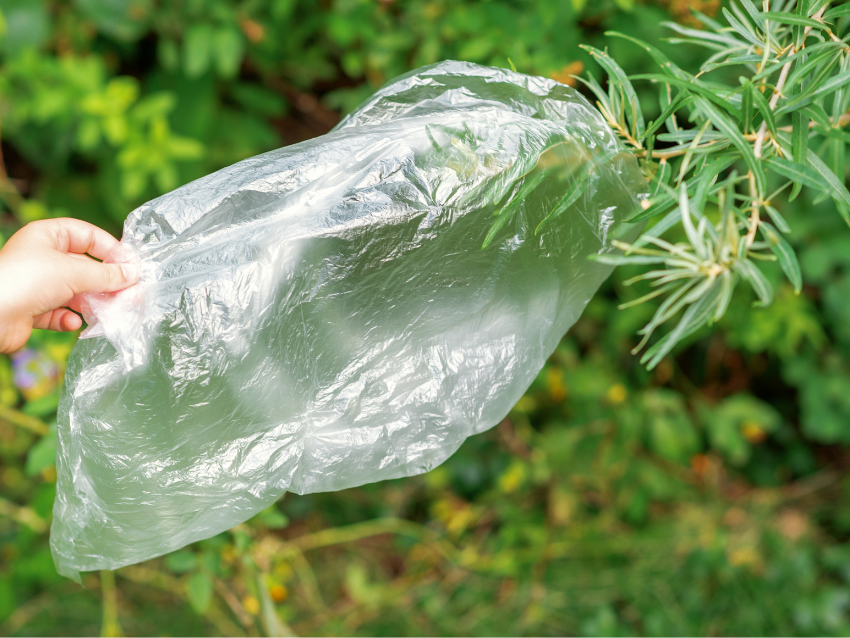Wildlife can be wonderful to observe in their natural habitats, but when they encroach upon our homes and gardens, they can cause significant issues. While it’s essential to protect our property, it’s equally important to handle these situations in a way that respects the animals’ safety. Here are some tips on how to remove wildlife from your property safely and humanely.
1. Identify the Animal
The first step to dealing with wildlife on your property is identifying the species. Different animals require different strategies for removal and prevention. Also, some species are protected by law, so it’s crucial to know what you’re dealing with before taking action.
2. Use Humane Traps
Humane traps are a safe and effective method to remove certain types of wildlife, such as squirrels, rabbits, or raccoons. These traps allow you to capture the animal without harming it. After trapping, the animal can be released in a suitable location far from your property with the help of The Outdoors Group. Always check local regulations on trapping and relocating wildlife before proceeding.
3. Call a Wildlife Professional
If the animal is potentially dangerous, like a fox, snake, or bear, it’s wise to call a wildlife removal expert. These professionals have the training and equipment necessary to remove the animal safely without causing it harm.
4. Use Animal Repellents
Commercial wildlife repellents can deter animals from visiting your property. These products often use smells, tastes, or sounds that animals find unpleasant. Be sure to choose a product that is safe and humane.
5. Remove Attractants
Often, wildlife is attracted to your property by available food or shelter. By removing these attractants, you can make your property less appealing. Secure garbage cans, remove pet food, close off access to sheds and garages, and trim back trees or shrubs that provide shelter or access to your home.
6. Install Exclusion Devices
For certain animals, exclusion devices can be a successful method of removal. For instance, one-way doors can allow an animal to leave a space but not re-enter it. Netting, fencing, and chimney caps can also prevent animals from accessing your property.
7. Scare Tactics
In some cases, wildlife can be deterred from your property by using scare tactics. This could include motion-activated sprinklers, ultrasonic devices, or even a scarecrow. Remember, the goal is to scare the animal away, not to harm it.
8. Respect Breeding Seasons
During breeding seasons, many animals look for safe places to raise their young. If you discover a nest or den on your property, if possible, wait until the young are old enough to leave before taking action to exclude the parents.
9. Use Native Plants
Using native plants in your landscaping can help balance the local ecosystem and deter unwanted wildlife. Native plants are more likely to attract local birds and beneficial insects, which can help keep pest populations in check.
10. Know Local Laws and Regulations
Before taking any action, familiarize yourself with local laws and regulations related to wildlife removal. In many places, it’s illegal to trap or kill certain species without a permit.
In conclusion, removing wildlife from your property is often a matter of making your home less inviting to them. With patience, understanding, and respect for nature, we can coexist peacefully with the wildlife in our communities. If you are unsure or uncomfortable handling these situations, never hesitate to contact a local wildlife removal professional or animal control agency.




